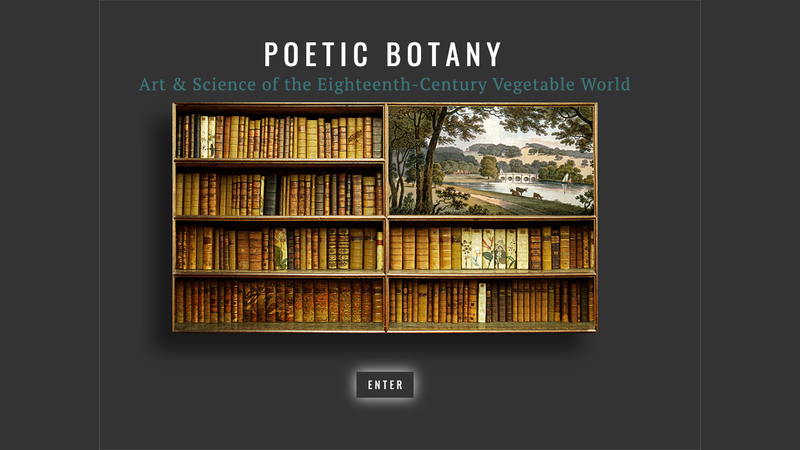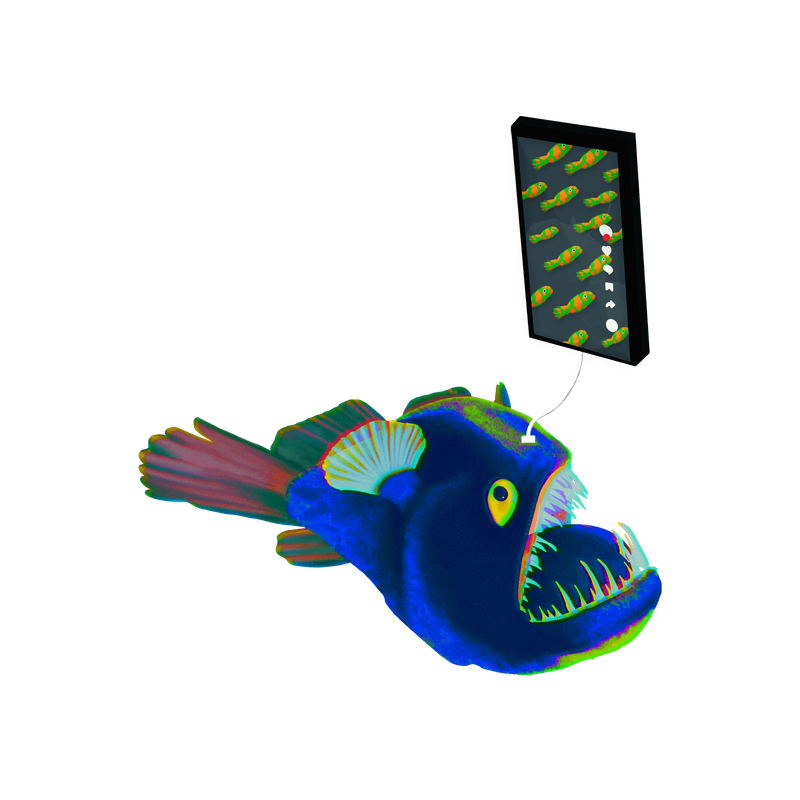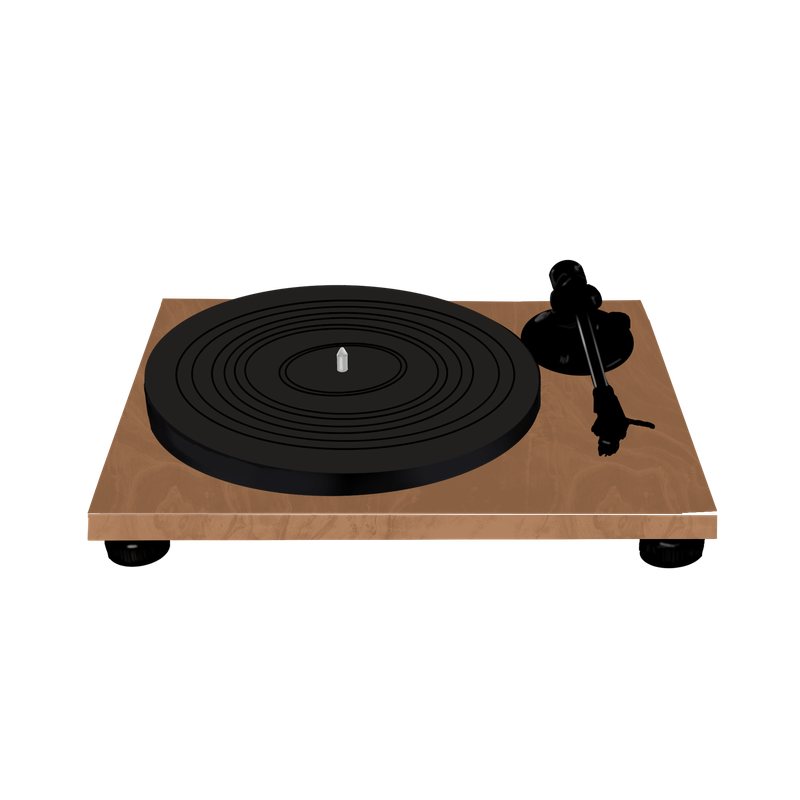Poetic Botany: Art and Science of the Eighteenth-Century Vegetable World is a digital exhibition. It brings together historical and contemporary resources—illustrations, photographs, videos, texts, and more—in an attempt to facilitate an experience not possible in a traditional museum setting. You are not only able to view a variety of materials that no single collection could every hope to contain, but also able to peruse them at your leisure, at any time or place.
Nine different plant species organize this exhibition. On each plant’s page, you will find images, excerpts from scientific and poetic works, a video, and a note that draws some of the exhibition materials into a cohesive narrative.
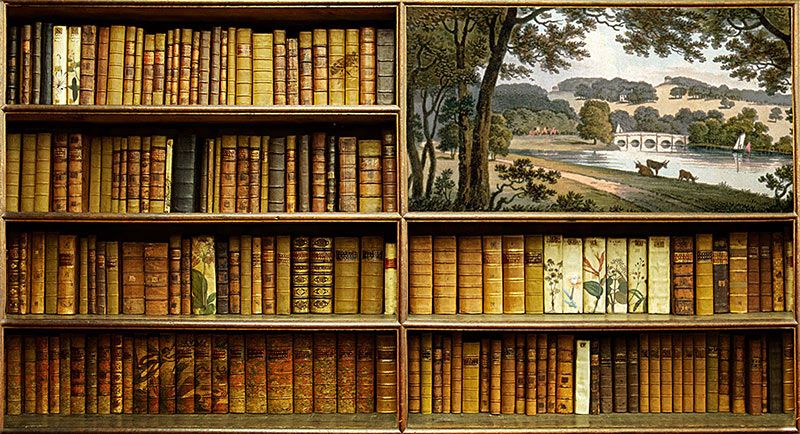
An overarching aim of this exhibition is to reveal that plants, like humans, are agents of historical change.
Another aim is to reaffirm that the imagination is an ecological force, responsible for how we have thought of nature in the past, how we think of it now, and how we will think of it in the future. The imagination, moreover, flaunts any boundary imposed on it by disciplines or areas of expertise, showing itself to be at home as much in the arts as in the humanities as in the sciences.
Any view of nature, then, that ignores a discipline or entire domain of disciplines is necessarily deficient. At the same time, paradoxically, any view that sacrifices the expertise that results from the focus of one of these disciplines will also be severely impoverished.
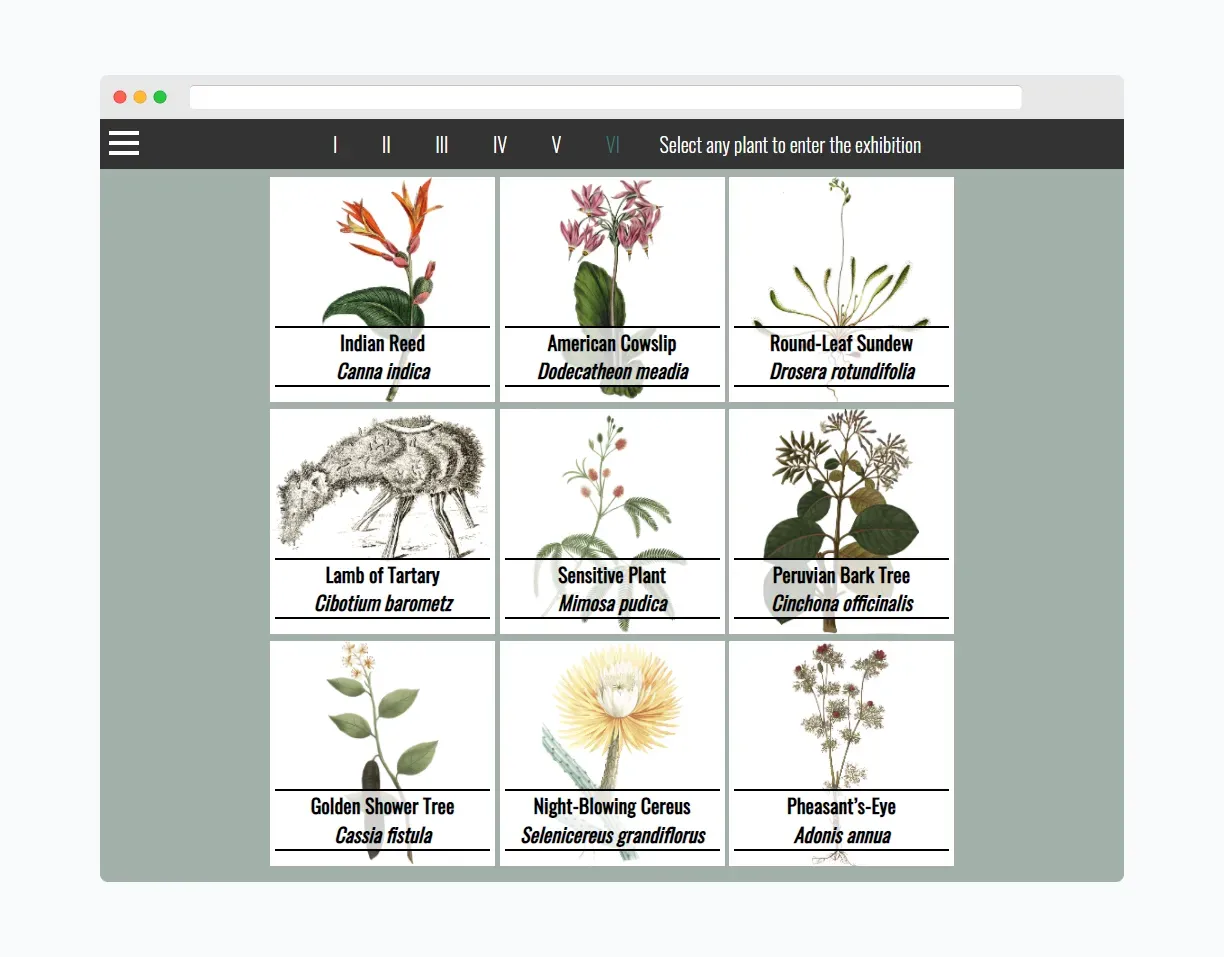
Hence, a complete view of nature can only result from an openness to the work of one another, from an ongoing collaboration and commitment to understand the more-than-human world through art, scholarship, and science.
Poetic Botany celebrates this very effort, along with the artists, scientists, and scholars of both the eighteenth-century and our own time. These figures attempt to understand the vegetable world, and in so doing offer us a wealth of perspectives that substantially enrich our own engagements with nature.
Research for this exhibition was conducted at the Humanities Institute of the LuEsther T. Mertz Library with support provided by the Andrew W. Mellon Foundation.

I am particularly indebted to the scholars and scientists who appear on the videos featured in the exhibition. Their biographies and research can be found on the Contributors page. Additionally, this exhibition would not have been possible without the support of the excellent staff, scholars, and scientists of The New York Botanical Garden. I would especially like to thank the Humanities Research Coordinator, Vanessa Sellers, who offered valuable support throughout the development of the exhibition. Finally, I am grateful to Madeline Chera, who offered her keen eye and steady hand whenever it was needed.
